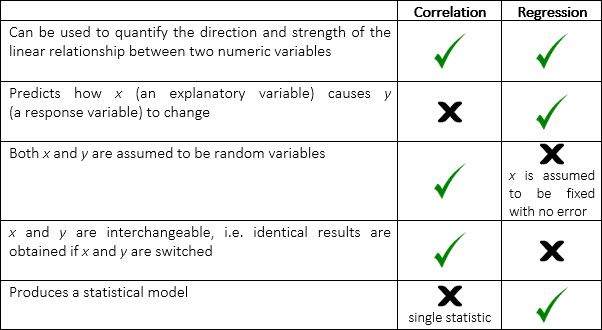

In this article, we’ll walk through the mathematical underpinnings of building a simple linear model from scratch. 3.2 Homoscedasticity (constant variance).2.1 Understanding Variable Relationships.B) variance of the OLS estimators the same D) OLS estimate of the intercept the same. D) sample covariance of X and Y by the sample variance of Y 4) Multiplying the dependent variable by 100 and the explanatory variable by 100,000 leaves the A) OLS estimate of the slope the same C) regression R2 the same. D) is exactly the same as the population regression line 13) To obtain the slope estimator using the least squares principle, you divide the A) sample variance of X by the sample covariance of X and Y B) sample variance of X by the sample variance of Y C sample covariance of X and Y by the sample variance of X. C) will always have a slope smaller than the intercept. B) will always run through the point ( ). 12) The sample regression line estimated by OLS A) cannot have a slope of zero. 11) The regression R2 is a measure of A) the goodness of fit of your regression line B) whether or not X causes Y C) whether or not ESS> TSS D) the square of the determinant of R. B) there is more variation in the explanatory variable, X C) there is a large variance of the error term, u. 10) The slope estimator, β 1, has a smaller standard error, other things equal, if A) the sample size is smaller. B) unobservable since the population regression function is unknown C) some positive number since OLS uses squares D) zero. 8) The OLS estimator is derived by A) connecting the Y corresponding to the lowest Xj observation with the Y corresponding to the highest Xj observation B) minimizing the sum of absolute residuals C) making sure that the standard error of the regression equals the standard error of the slope estimator D) minimizing the sum of squared residuals 9) The sample average of the OLS residuals is A) dependent on whether the explanatory variable is mostly positive or negative. D) indicates by how many percent Y increases, given a one percent increase in X. 7) In the simple linear regression model, the regression slope A) represents the elasticity of Y on X B) when multiplied with the explanatory variable will give you the predicted Y C) indicates by how many units Y increases, given a one unit increase in X.


 0 kommentar(er)
0 kommentar(er)
